#medieval battles
Explore tagged Tumblr posts
Text
Has anyone considered science and nature documentary lover Buck vs history documentary lover Tommy
#911#bucktommy#evan buckley#tommy kinard#momo.txt#buck loves watch like planet earth and stuff#learning about the creation of stars and about deep sea slugs#meanwhile tommy watches documentaries of like#medieval battles#history of aviation#idk im thinking
195 notes
·
View notes
Text
youtube
0 notes
Text

Battle of Agincourt by Alphonse de Neuville
#alphonse de neuville#art#battle of agincourt#azincourt#france#medieval#middle ages#chivalry#knights#knight#cavalry#hundred years war#french#english#england#history#europe#european#horses#armour#mediaeval#nobility#françois guizot
399 notes
·
View notes
Text
We as a society need to lean into Mario and Peach’s noblewoman-and-knight dynamic way more than we presently are.
The tenderness! The chivalry! The elegant nobility eased by comfortable familiarity! These two are the living embodiment of all those fancy paintings of 13th century knights and their lovers and I for one want more.

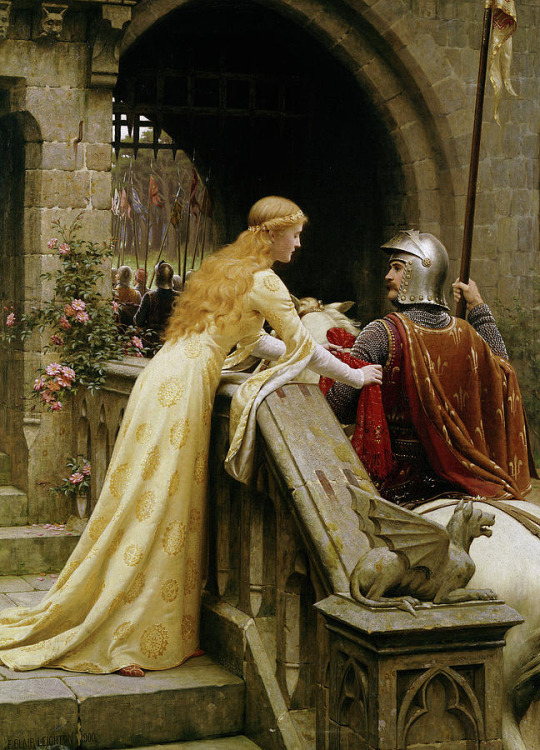
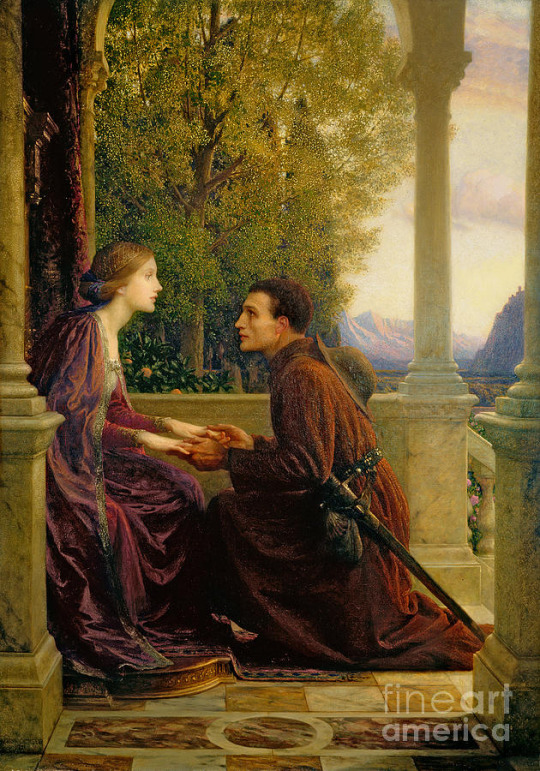
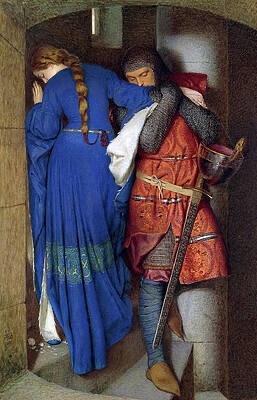
#like c’mon mario is literally a modern medieval knight#except instead of slaughtering innocents in the name of christianity he battles a fire-breathing turtle-dragon every so often#this man is down so fucking bad and would do literally anything for peach and she’d do anything for him in return#‘but peaches all this emphasis on romanticism is cringe’ THEN LET ME BE CRINGE THEIR DYNAMIC SLAYS ME#peaches has opinions#mareach
250 notes
·
View notes
Text

(1954)
#Sir Lancelot#comic book#1954#Sam Savitt#cover art#knight#Camelot#vintage#comic books#1950s#Dell comics#medieval#battle
231 notes
·
View notes
Text

The battle dwarf and his trusty steed 🐴
#the battle dwarf#medieval times#medieval fantasy#lego#lego photography#legophotography#legophoto#toy photography#toyphotography#toyphoto#toy photoshoot#brickcentral#legominifigures#lego minifigures#minifigs#minifig photography#outdoor toy photography#photographers on tumblr#toyartistry#toycommunity#toyphotogallery
2K notes
·
View notes
Text

“Montjoie, Saint Denis!” Giuseppe Rava 2003 Charge of the French cavalry at the Battle of Patay, 18 June 1429.
93 notes
·
View notes
Text

From haircut to wrapped leggings, an accurate Norman knight circa 1066 (Jim Holloway, Dragon magazine 40, August 1980) -- OK the bearded axe is more "Viking," but maybe it's a battlefield trophy, or maybe it belonged to his grandfather.
#D&D#Dungeons & Dragons#Jim Holloway#Dragon magazine#medieval#Norman#Anglo-Norman#1066#Norman conquest#Battle of Hastings#kite shield#nasal helm#battle axe#dnd#Dungeons and Dragons
190 notes
·
View notes
Text
PSA: Sieges Are Awesome
so I just watched ANOTHER TV show where the characters could have simply barricaded themselves inside a VERY cosy and defensible fortress instead of heading outside to get killed/maimed/captured by the baddies
I call this Television Abhors a Siege and it is EVERYWHERE and I hate it
I HATE IT
yes, I know the writers look at each other and say, well, if our characters retreat to their stronghold then how will we fulfill our Swords Go Clang quotient for this episode?
this is only because the writers lack both imagination and education
you see, I've been reading medieval military history in exhaustive detail now for 8 years and SIEGES ARE AWESOME, both tactically and dramatically!
tactically, sieges make sense, because there is no way to thwart an enemy and buy time like HIDING SAFELY BEHIND A STONE WALL. the only time you would not do this is when a) you have a realistic chance of pulling off a surprise attack (the TV characters are never smart enough to do this) AND b) there is no realistic hope of circumstances altering to favour you in the near future (the TV characters never consider this either).
also historically speaking, whenever people looked at each other and said "this siege has no realistic hope of success" they did not march out to throw themselves on the enemy's swords: they negotiated and usually with great success (the TV characters never consider this either). but let's say you're in one of the VAST MAJORITY of situations where a siege DOES make sense and only the most unhinged mental gymnastics would justify leaving your fortifications to fight (see: the majority of TV shows and movies that deal with this scenario)? does this mean that your characters must sit inside their walls twiddling their thumbs?
pfft don't be silly
sieges are totally dramatic!
it's not about LEAVING your fortifications to fight, it's about USING your fortifications to fight.
your baddies could try everything to get in and there might be fighting over a gate, a breach, or a tunnel/mine?
your characters might sally out under cover of night to destroy the enemy or their weapons?
one of your characters might escape the fortress in a desperate journey to find help?
your characters might turn out to have a traitor or saboteur in the group?
there might be injured people who need urgent attention, or supply shortages?
a FRICKING METEOR might fall out of the sky onto the heads of your enemies, sending them running and allowing you the opportunity to regain the initiative? (and if you think this couldn't possibly have happened, something very close to this literally happened at Antioch in 1098 during the First Crusade)
anyway this is just to say that I am begging you all to reconsider the dramatic potential of the noble siege. for one thing, it makes the characters look like total imbeciles if you ignore it. and for another, sieges are AWESOME. eta: I learned all this doing the study for WATCHERS OF OUTREMER, my historical fantasy epic of the medieval crusader states! Book 4, A CONSPIRACY OF PROPHETS, puts my own magical spin on the 1098 siege of Antioch ;)
#writing#writing tip#writers of tumblr#writing fight scenes#military tactics#writing battles#medieval#medieval history#middle ages#historical fiction#history
2K notes
·
View notes
Text


#himmelgrau#artists on tumblr#16th century#landsknecht#german renaissance#warhammer fantasy#warhammer fantasy battle#painting warhammer#larp#larp character#medieval#meme#illustration#drawings#digital drawing#art
87 notes
·
View notes
Text
armurred heerohs

In little medieval times
#TPOT 11#Match#Stapy#Liy#Battle For Dream Island#BFDI#BFDI S5#The Power Of Two#TPOT#Web Program#jacknjellify#Medieval Times#Web Series#Indie Animation#Object Shows#Jnj#Fiction#History#Characters#Animation#Computer Animation
88 notes
·
View notes
Text



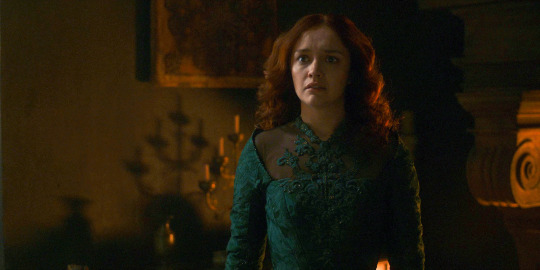

incorrect house of the dragon 11/?
#as you should be!!!#alicent hightower#aemond targaryen#and ser criston the third wheel#← just kidding sort of i wanted to use that tag again#hotd incorrect quotes#source: only murders in the building#another post another loss in the medieval fantasy show vs use of contractions in sentences battle#*post
377 notes
·
View notes
Text
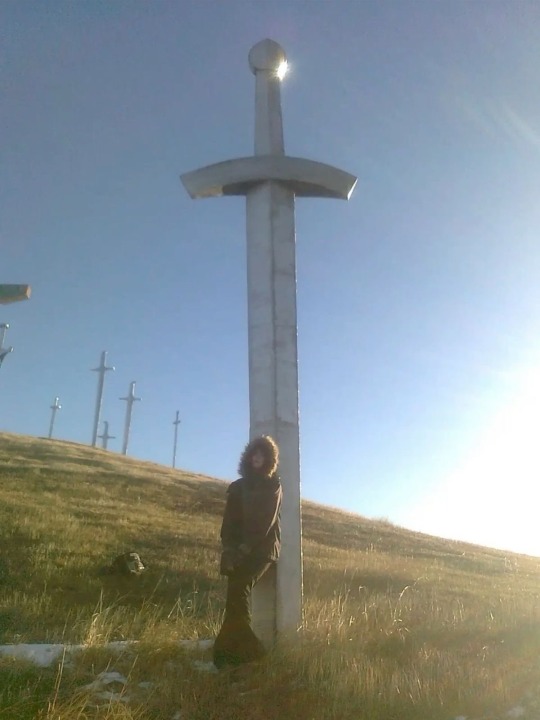
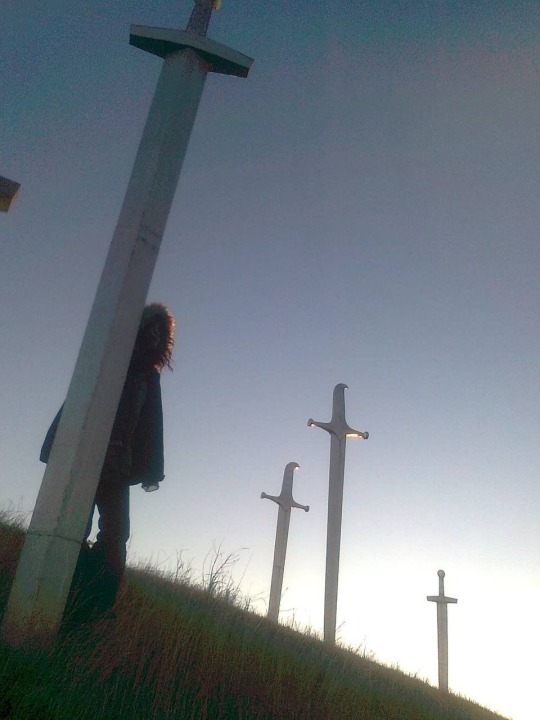

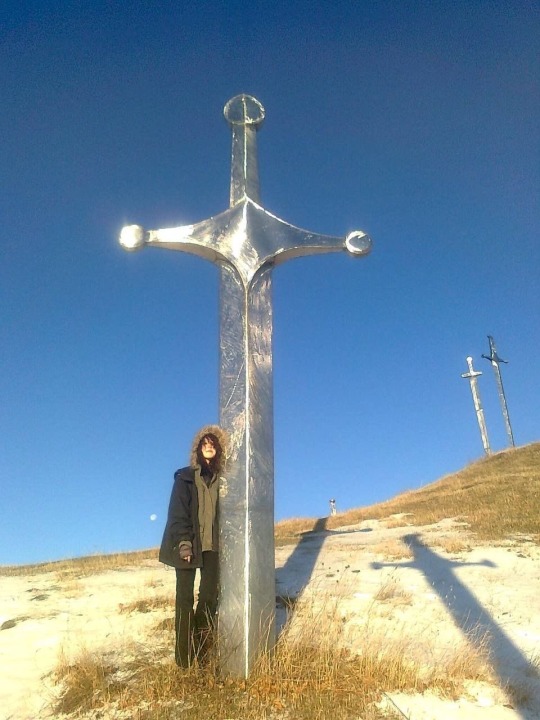

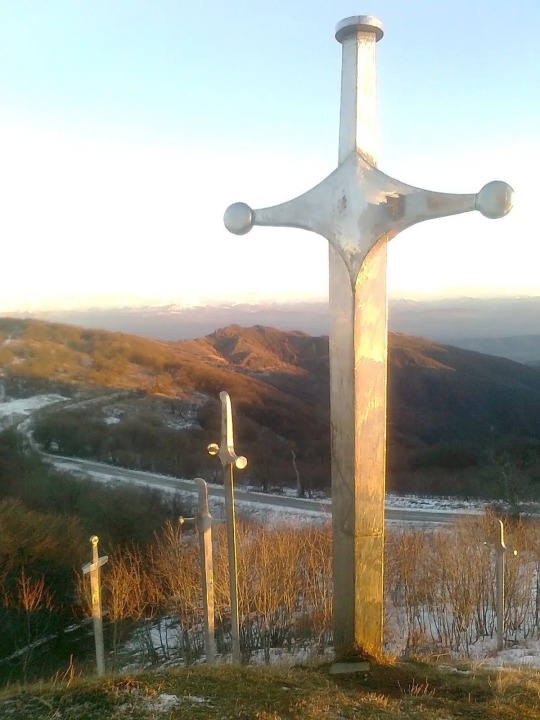
"Battle of Didgori" monument, Georgia
#nephilim#sword#georgia#battle#medieval#neo medieval#core#art#photography#design#white#fashion#black#painting#illustration#portrait#light#knight#berserk#lily chou chou#meadowcore#hopecore
123 notes
·
View notes
Text

Graf Albrecht von Heigerloch, Codex Manesse
#codex manesse#illuminated manuscript#manuscript#art#medieval#middle ages#german#germany#history#europe#european#battle#tower#knights#knight#mediaeval#illusration#minnesang
363 notes
·
View notes
Text
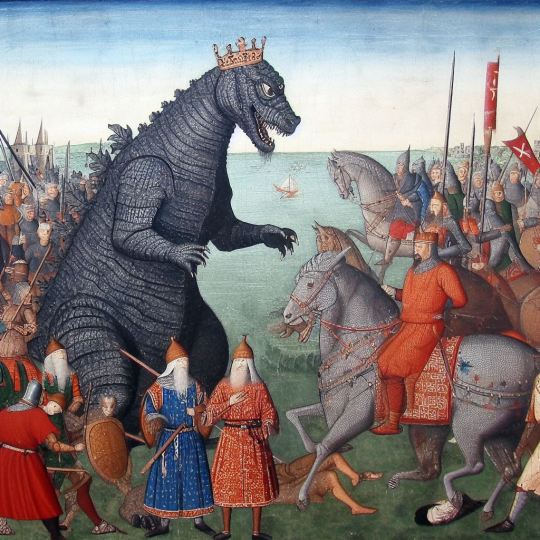
A medieval painting of Godzilla at the battle of Liegnitz in 1241, between the Mongol horde and European Knights.
99 notes
·
View notes
Text
this is a Princes in the Tower and Edward of Lancaster stan account btw
#my post#I do not want to hear one word against Edward of Lancaster#not a single one#least of all if you're a yorkist stan who thinks that edmund of rutland's death in battle at 17 by his father's enemies is a tragedy#while simultaneously thinking that edward of lancaster's death in battle at the same age by HIS father's enemies is a cause of celebration#deeply embarrassing and unserious behaviour#and where to even start with how the majority of self-declared 'Yorkists' treat the Princes in the Tower 🤡#I've truly never seen anything like it#first they try to vilify two children (including a literal 9-year-old) for being 'Woodvilles'#which in their minds is synonymous to greed/duplicity/ambition/unworthiness aka how they view the Princes' mother#then they try to deny that their vaunted Richard III murdered them even though they're perfectly willing to believe John murdered Arthur#then they try to argue that Richard III was just 'a man of his times' and downplay his actions even though his usurpation and deposition#of his pre-teen nephews absolutely broke all parameters of politically and personally acceptable behaviour in medieval England#then they try to argue that ACTUALLY the Princes don't matter and we shouldn't spend so much time talking about them#(says the person who spends all their time trying to convince people on the internet that Richard didn't kill them)#then they try to argue that finding out what happened to the Princes shouldn't affect our reading of Richard III and won't change how we#view his reign#even though it absolutely affected how contemporaries viewed him and was what provoked opposition to his rule#like. what is happening here. where is this one-sided beef against a long-dead 12-year-old and 9-year-old coming from?#are you okay?
53 notes
·
View notes